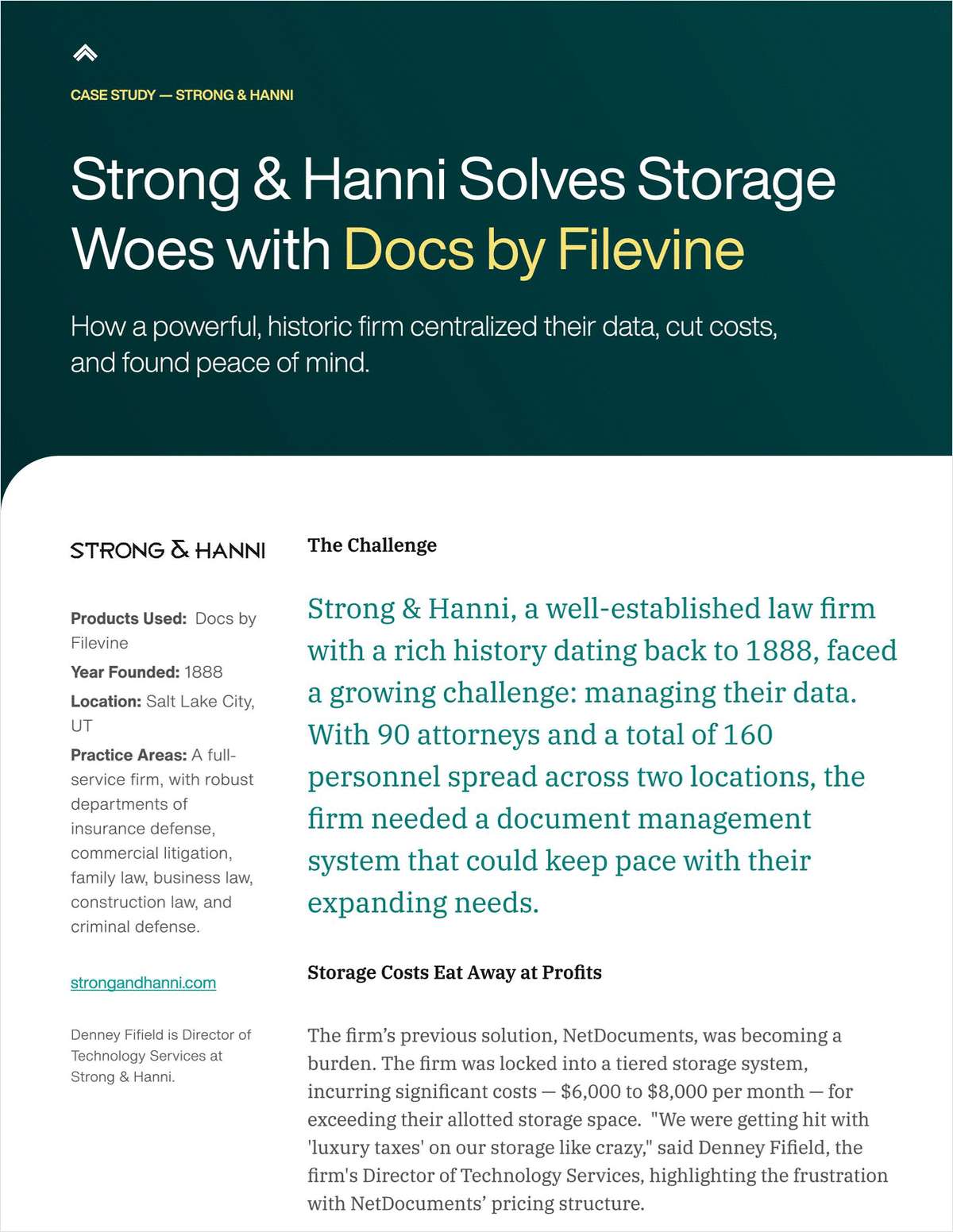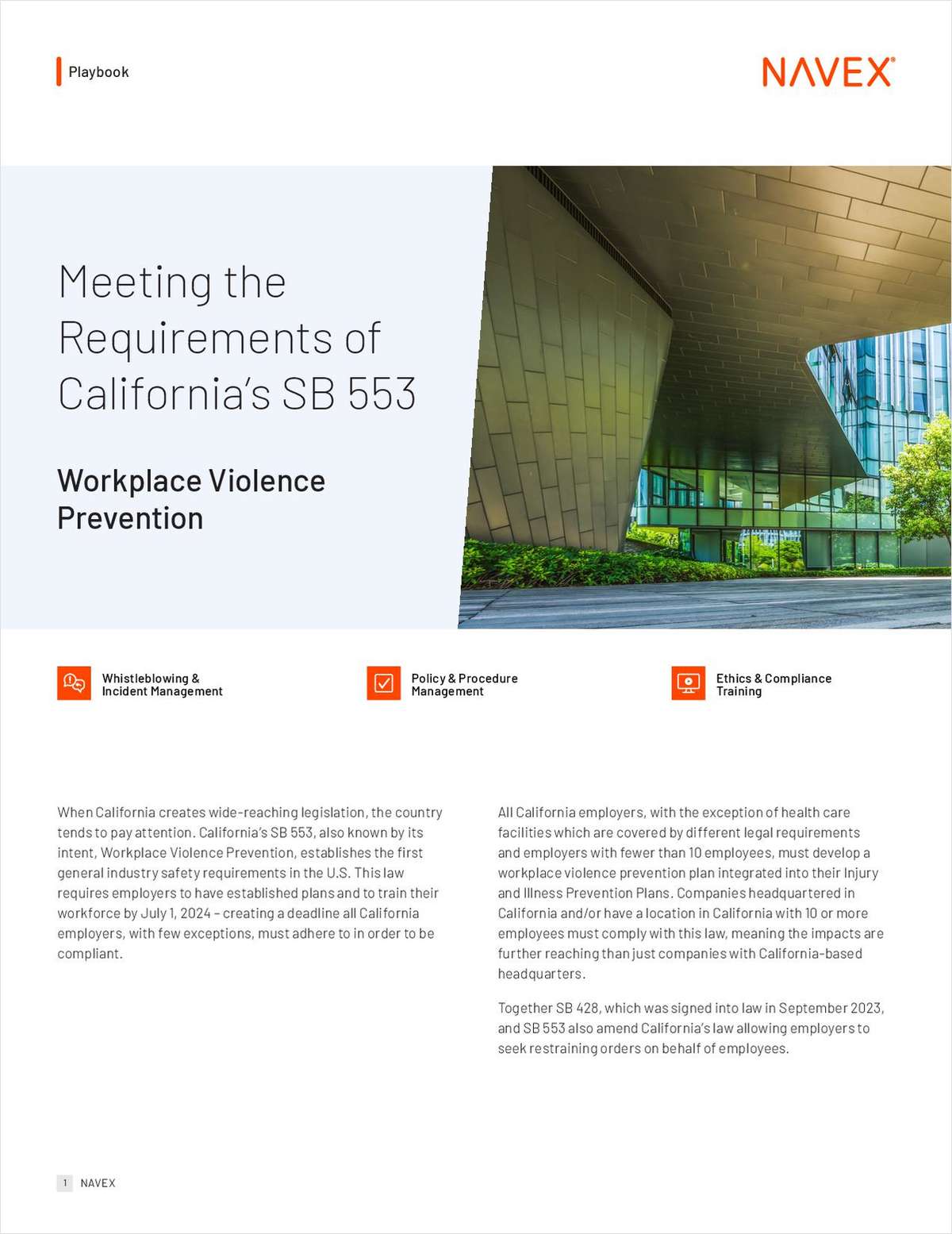Digital Evidence in Personal Injury Cases
Earlier this year, the state Supreme Court justices adopted certain revisions to the Connecticut Code of Evidence to better address the prevalence of various types of electronic or computer evidence.
September 04, 2015 at 07:40 AM
9 minute read
Earlier this year, the state Supreme Court justices adopted certain revisions to the Connecticut Code of Evidence to better address the prevalence of various types of electronic or computer evidence. For instance, subsection C was added to §1-2 (Purposes and Construction) stating that “any reference in the code to a writing or any other medium of evidence includes electronically stored information.” Electronically stored information (ESI) refers to information that is in an electronic medium and is retrievable in perceivable form. The amendments became effective on Aug. 1.
While none of the amendments significantly changes the law of evidence, those pertaining to the admissibility of computer-generated data and electronically stored business records will be helpful in personal injury cases. In a motor vehicle crash involving a tractor-trailer, for instance, digital data from computerized dispatch records, electronic control modules, event data recorders, onboard messaging systems, cellphone positioning data, records of phone calls and text messages, 911 calls, and global positioning system technology, for example, can all be critical to establishing liability. In a medical malpractice or nursing home context, electronic medical records (EMR) or the electronic health record (EHR) have largely replaced paper medical records. Indeed, text messages, emails, company websites, information from Facebook and other social media, and many other types of electronically stored or computer-generated information may all be material to the resolution of a personal injury case.
The most important revision pertaining to computer-generated evidence (as opposed to human-generated evidence that is stored by computer) is found in the commentary to the definition of “declarant” in §8-1 (Definitions). It now reflects the reality that data generated by a computer solely as a product of a computerized system or process (like a fax header, a computer-generated log or “metadata” such as audit logs from an EHR) are not made by a “declarant” and, therefore, not hearsay. Of course, a party seeking to introduce computer-generated data and records, even if not hearsay, still must establish that the computer system reliably and accurately produces records or data of the type that is being offered.
NOT FOR REPRINT
© 2024 ALM Global, LLC, All Rights Reserved. Request academic re-use from www.copyright.com. All other uses, submit a request to [email protected]. For more information visit Asset & Logo Licensing.
You Might Like
View All



Trending Stories
- 1The Law Firm Disrupted: Playing the Talent Game to Win
- 2A&O Shearman Adopts 3-Level Lockstep Pay Model Amid Shift to All-Equity Partnership
- 3Preparing Your Law Firm for 2025: Smart Ways to Embrace AI & Other Technologies
- 4BD Settles Thousands of Bard Hernia Mesh Lawsuits
- 5A RICO Surge Is Underway: Here's How the Allstate Push Might Play Out
Featured Firms
Law Offices of Gary Martin Hays & Associates, P.C.
(470) 294-1674
Law Offices of Mark E. Salomone
(857) 444-6468
Smith & Hassler
(713) 739-1250










